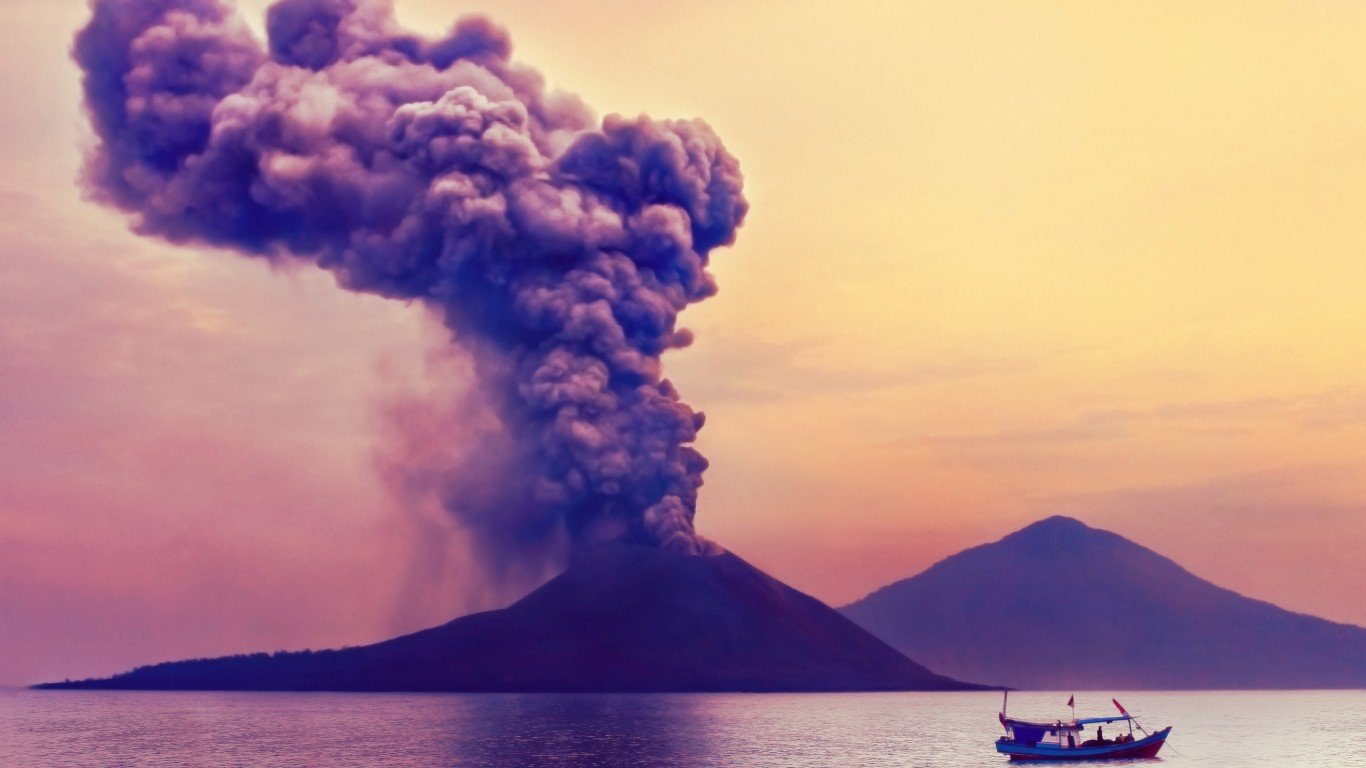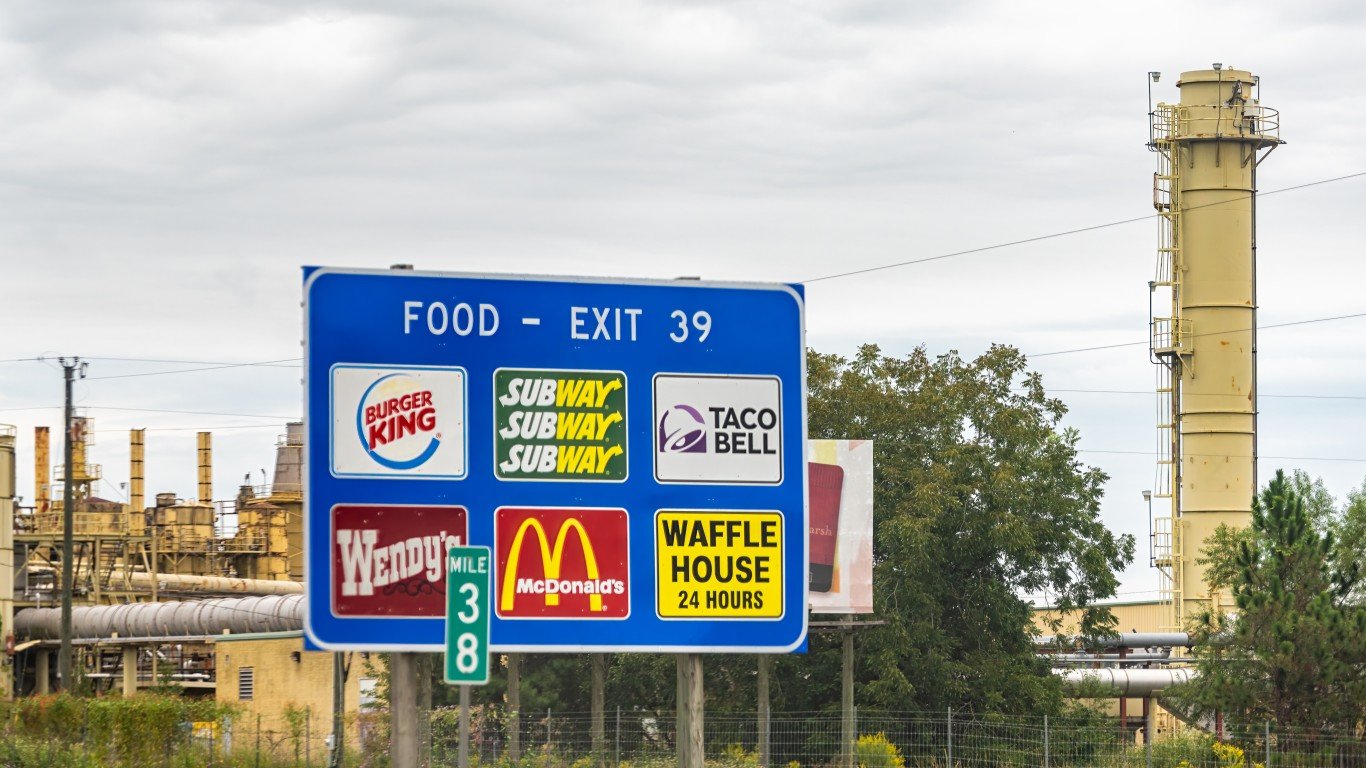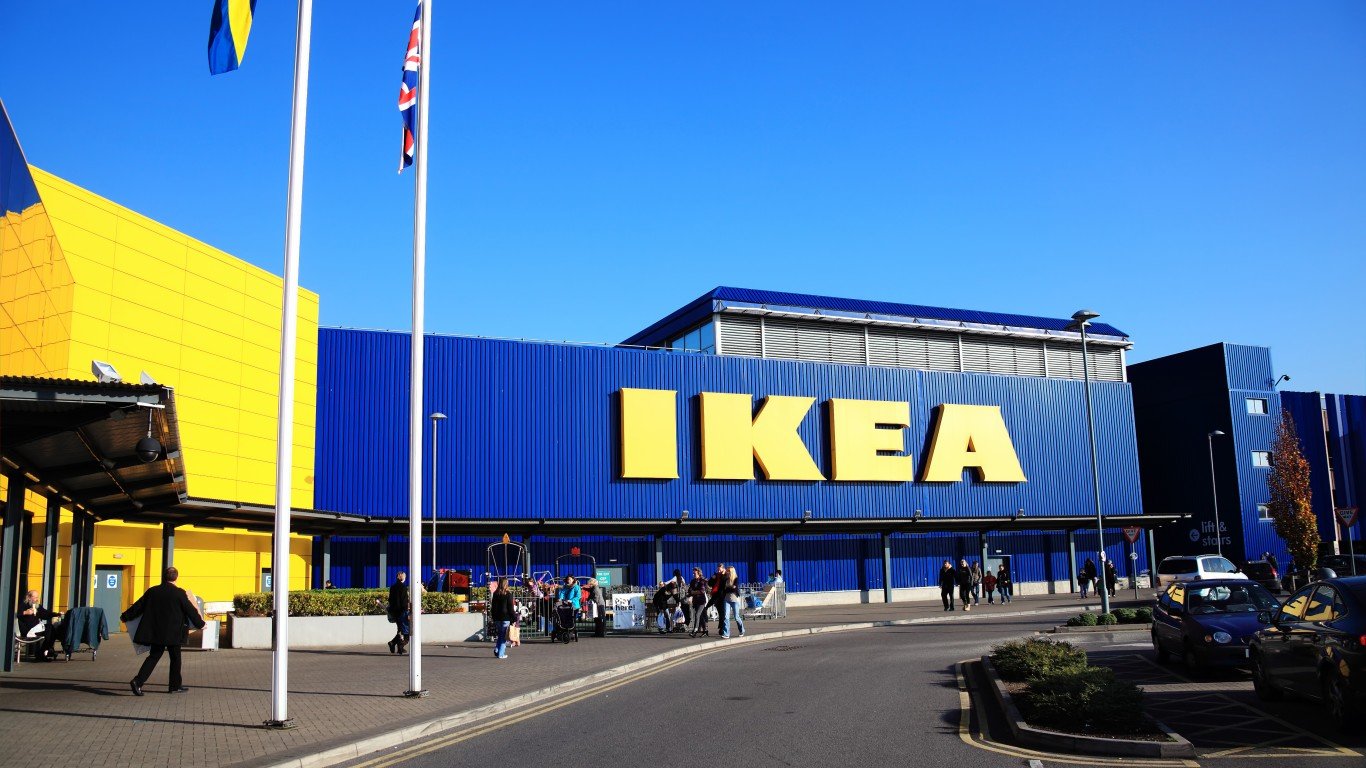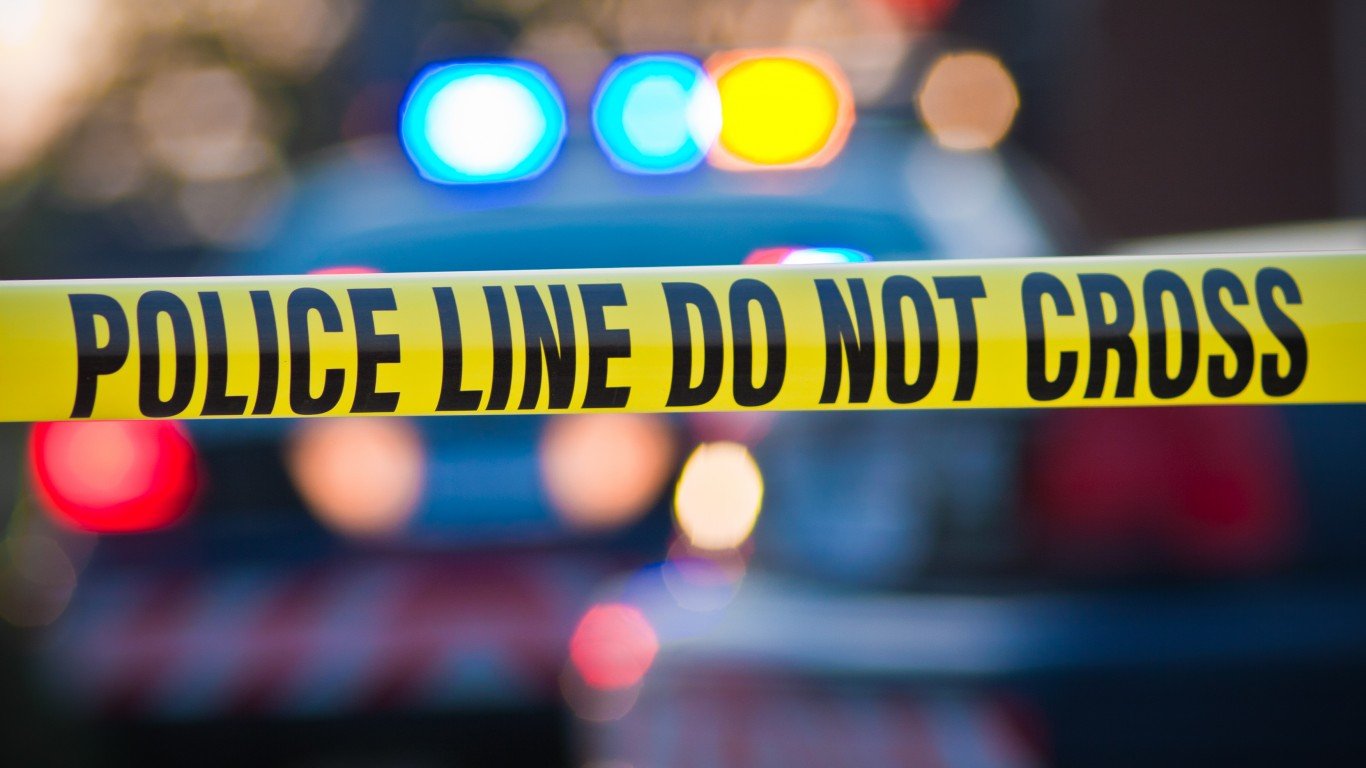

It has been centuries since a volcano killed a large number of people. The sole exception is the Nevado del Ruiz, Colombia eruption in 1985. The most well-known deadly eruption remains Mount Vesuvius in 79 AD. Archaeologists continue to examine the city of Pompeii and have found hundreds of bodies of people who died in the streets. The catastrophe killed as many as 15,000 people. The volcano remains active.
Many volcanos are located in what is known as the Ring of Fire. National Geographic defines it as “a path along the Pacific Ocean characterized by active volcanoes and frequent earthquakes. The majority of Earth’s volcanoes and earthquakes take place along the Ring of Fire.”
Officially, volcanoes are ruptures in the earth’s crust, normally found where tectonic plates converge and diverge, that spew out lava, volcanic ash, and gases. Many exist in the ocean.
Scientists have different ways of classifying types of volcanoes. As we examined these we use the terms specified by our source material. Briefly, a stratovolcano (or composite volcano) is a steep symmetrical cone built of lava flows, volcanic ash, and other materials (some of the world’s highest mountains are stratovolcanoes). A lava dome is a comparatively small volcano built from dense lava flow.
A caldera, considered particularly damaging to the surrounding environment, is a depression in the earth caused when the edges of the volcano collapse inward. A shield volcano is large and flat and composed almost entirely of lava flow; it is said to resemble a battle shield in shape. A pyroclastic shield is similar in form but formed mostly from rocks rather than fluid lava.
Not all volcanic eruptions are the same. Some are fairly calm and pose little threat to nearby inhabitants. Others can be violent, with catastrophic effects. Smaller volcanic events can be spectacular to witness from a safe distance and many active volcanoes release dazzling lava without massive violent eruptions. Others, though, continue to pose major threats to cities around the world, even if they’ve previously erupted.
To identify the most dangerous volcano on the planet, 24/7 Wall St. reviewed data from the National Museum of Natural History’s Global Volcanism Program. Each volcano on the list meets at least three of the following criteria: at least one major eruption, multiple large eruptions, high fatality eruption, frequent activity, or significant lava effusion.
The most dangerous volcano is Aira. Here are the details:
> Type of volcano: Caldera
> Location: Japan
> Criteria: Major eruption, multiple large eruptions, high fatality eruption, frequently activity, significant lava effusion
Aira is a massive caldera on the southern end of Japan’s Kyushu island. Currently, the city of Kagoshima, situated in the middle of the caldera that forms a scenic bay, is home to over 900,000 people. Japan’s most active caldera, Aira sees several small eruptions every year. Mindful of their precarious position, residents have put in place one of the most advanced seismologic monitoring systems in the world. They are also well-trained in evacuation procedures.
Click here to read The Most Dangerous Volcanoes on the Planet
Take This Retirement Quiz To Get Matched With An Advisor Now (Sponsored)
Are you ready for retirement? Planning for retirement can be overwhelming, that’s why it could be a good idea to speak to a fiduciary financial advisor about your goals today.
Start by taking this retirement quiz right here from SmartAsset that will match you with up to 3 financial advisors that serve your area and beyond in 5 minutes. Smart Asset is now matching over 50,000 people a month.
Click here now to get started.
Thank you for reading! Have some feedback for us?
Contact the 24/7 Wall St. editorial team.



